Exploring Dynamic Female Characters in Young Adult Literature
Dynamic and flat characterization has been in language arts and English curricula forever, it seems. How do we up the rigor as students advance in...
AP & Honors Mathematics
Explore Wiley titles to support both AP and Honors mathematics instruction.
Literacy Skills & Intensive Reading
Connections: Reading – Grades 6–12
Empower student success with a proven intensive reading program that develops strong reading skills in striving readers.
Drama, Speech & Debate
Basic Drama Projects 10th Edition
Build students’ confidence and competence with comprehensive, project-based theatre instruction.
Literature
Connections: Literature
Support learners as they study dynamic, relevant texts and bring the richness of diverse voices to students through literature.
Literature & Thought
Develop critical thinking, reading, and writing across literacy themes, genres, historical eras, and current events.
Language Arts
Vocabu-Lit® – Grades 6–12
Help students build word power using high-quality contemporary and classic literature, nonfiction, essays, and more.
Connections: Writing & Language
Help students develop grammar, usage, mechanics, vocabulary, spelling, and writing and editing skills.
Reading/English Language Arts
Measuring Up to the English Language Arts Standards
Incorporate standards-driven teaching strategies to complement your ELA curriculum.
English Language Learners
Measuring Up for English Language Learners
Incorporate research-based best practices for ELLs with an approach that includes a focus on language acquisition strategies.
Mathematics
Measuring Up to the Mathematics Standards
Incorporate standards-driven teaching strategies to complement your mathematics curriculum.
Foundations
Measuring Up Foundations
Help students master foundational math skills that are critical for students to find academic success.
Science
Measuring Up to the Next Generation Science Standards
Give students comprehensive NGSS coverage while targeting instruction and providing rigorous standards practice.
Assessment
Measuring Up Live
Deliver innovative assessment and practice technology designed to offer data-driven instructional support.
For a better website experience, please confirm you are in:
3 min read
Perfection Learning Jun 17, 2024 11:12:49 AM
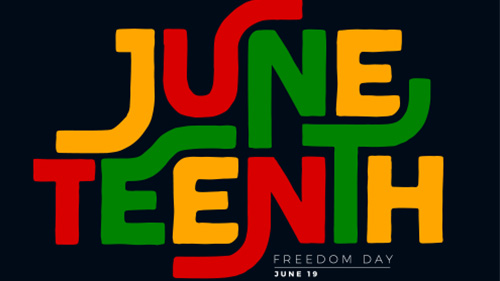
Explore engaging and interactive Juneteenth lesson plans designed for secondary education students to deepen their understanding of this important historical event.
Juneteenth, also known as Freedom Day or Emancipation Day, commemorates the emancipation of enslaved African Americans in the United States. It marks the day when news of the Emancipation Proclamation reached Texas on June 19, 1865, effectively ending slavery in the state. This historical event holds great significance as it symbolizes the triumph of freedom and represents a major milestone in the fight against slavery and racial inequality in America.
By teaching students about the significance of Juneteenth, they can gain a deeper understanding of the struggles and resilience of African Americans throughout history. It provides an opportunity to reflect on the progress made towards equality and the work that still needs to be done.
1. Juneteenth Timeline: Create a timeline of events leading up to Juneteenth and its aftermath. Include important dates and key figures in the fight for freedom.
2. Freedom Quilt: Have students design their own quilt square to represent an aspect of Juneteenth or the history of African American freedom. Combine all the squares to create a class Freedom Quilt.
3. Oral Histories: Invite guest speakers or community members to share their personal stories or experiences related to Juneteenth and its significance. Encourage students to ask questions and engage in meaningful discussions.
4. Juneteenth Scavenger Hunt: Create a scavenger hunt with clues related to Juneteenth. Students can work individually or in teams to find the answers and learn more about the history of this important day.
5. Freedom Poetry Slam: Organize a poetry slam where students can express their thoughts and emotions about Juneteenth through spoken word. Encourage them to explore themes of freedom, equality, and social justice.
6. Juneteenth Museum Exhibit: Have students curate a virtual or physical museum exhibit showcasing artifacts, artwork, and information related to Juneteenth. This hands-on activity allows students to delve deeper into the history and significance of the holiday.
1. Create a dialogue between two historical figures involved in the fight for freedom, such as Frederick Douglass and Harriet Tubman. Explore their perspectives on Juneteenth and its impact.
2. Write a poem that captures the essence of Juneteenth and celebrates the spirit of resilience and freedom.
3. Reflect on the significance of Juneteenth in today's society. Write an essay discussing how the holiday continues to inspire and motivate individuals in the ongoing pursuit of equality.
4. Imagine you are a teacher planning a Juneteenth lesson for future students. Write a detailed lesson plan outlining the objectives, activities, and resources you would use to educate students about Juneteenth.
1. Freedom Flag: Have students design and create their own Juneteenth flag using symbols and colors that represent freedom, equality, and unity.
2. Emancipation Collage: Provide students with old magazines, newspapers, and art supplies to create a collage that depicts the journey to freedom and the celebration of Juneteenth.
3. Freedom Quilt Square: Have students design a quilt square that symbolizes their interpretation of freedom and Juneteenth. Combine all the squares to create a class Freedom Quilt.
4. Juneteenth Mural: Collaboratively create a mural that showcases the history and significance of Juneteenth. Each student can contribute by painting or drawing a specific scene or figure.
5. Freedom Sculpture: Using clay or other sculpting materials, have students create sculptures that represent the spirit of Juneteenth and the fight for freedom.
6. Juneteenth T-Shirt Design: Have students design Juneteenth-themed t-shirts that can be worn to commemorate the holiday. Encourage them to incorporate symbols and messages that represent the significance of Juneteenth.
1. Virtual Museum Tours: Take students on a virtual tour of museums that feature exhibits on African American history, slavery, and the Civil Rights Movement. Discuss the connections to Juneteenth.
2. Documentary Films: Watch documentaries that explore the history and significance of Juneteenth, such as "13th" or "Eyes on the Prize." Engage in discussions and reflection after viewing.
3. Online Archive Exploration: Guide students to online archives that provide primary sources, photographs, and documents related to Juneteenth. Analyze and discuss their significance.
4. Historical Podcasts: Listen to podcasts that delve into the history of Juneteenth and its impact on American society. Encourage students to take notes and participate in class discussions.
5. Virtual Guest Speakers: Invite guest speakers, such as historians or community leaders, to give virtual presentations on Juneteenth and its historical context. Allow time for Q&A and discussion.
6. Digital Storytelling: Have students create digital stories using multimedia tools to share the history and significance of Juneteenth. Encourage them to incorporate images, videos, and narration.
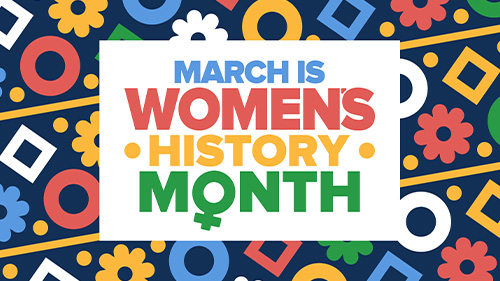
Dynamic and flat characterization has been in language arts and English curricula forever, it seems. How do we up the rigor as students advance in...

In Kimberly Brubaker Bradley’s Fighting Words, 10-year-old protagonist Della gives readers a front row seat to her daily life in foster care with her...
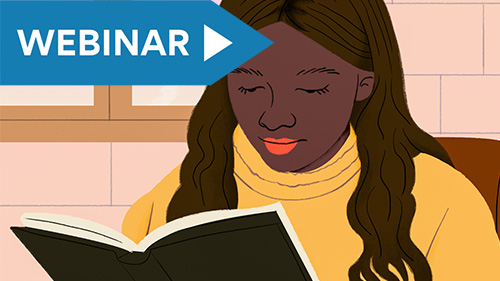
Join us for a conversation in honor of Women's History Month in partnership with Simon & Schuster with authors Alicia D. Williams, Priyanka Taslim,...

Okay—circle of trust here. After dropping my youngest child off at college all the way from San Antonio, Texas, to Lawrence, Kansas, at The...

In recent months, the Taliban in the Middle East has taken over once again after American troops removed themselves. The first person I thought of...
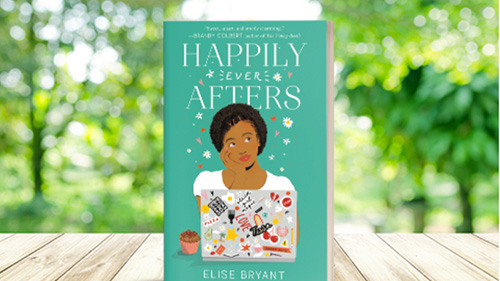
Back when I taught at Southwest High School in San Antonio, Sharri Peterson, who dubbed herself my work wife, was my school spirit partner. Whenever...

In just the past few weeks, I’ve seen two friends post on social media about their spirit animals. Neither of them is Native American. Recently,...

If we all trace our lineage back generation by generation, you will almost always find a fearless woman at the forefront of care, kindness, and the...

My mother tells this story of being so exhausted that she couldn’t get up to rock my older brother, her first child, back to sleep in the middle of...
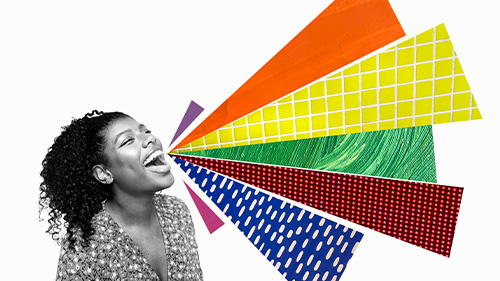
The main character in The Girl with the Louding Voice by Abi Daré, Adunni, is on a personal journey to give herself the best life she can despite...
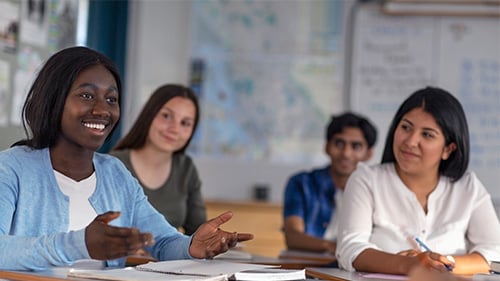
The Secondary Source Short Answer Question (SAQ) on the AP history exam presents a unique challenge: students must analyze and synthesize historical...
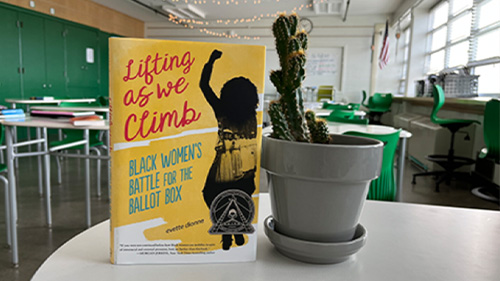
My favorite thing about Lifting As We Climb: Black Women’s Battle for the Ballot Boxby Evette Dionne is that it’s accurate, and the author highlights...
